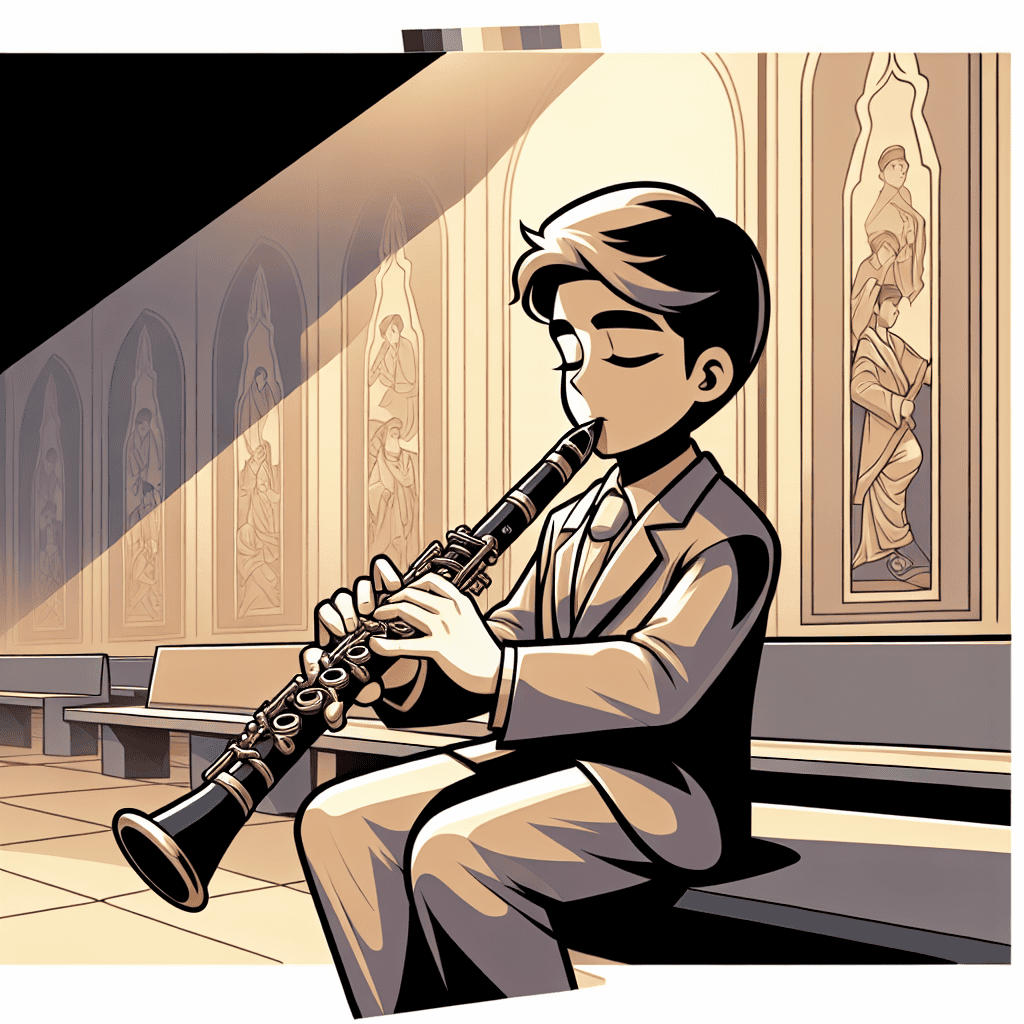As a clarinetist, creating a beautiful tone is an ongoing process that requires dedication, practice, and understanding of various musical aspects. Improving your clarinet tone goes beyond playing the correct notes; it involves refining your technique, choosing the right equipment, and developing your personal style. Let's explore some effective ways to enhance your sound and achieve the rich, warm tones that expert players are known for.
Understanding Clarinet Tone
Before we get into specific techniques, it's helpful to know what makes a good clarinet tone. Key factors include richness, warmth, clarity, and projection. A well-rounded tone is typically described as full-bodied, smooth, and resonant, capable of captivating listeners.
Embouchure: The Foundation of Tone
Your embouchure, or how you position your mouth on the mouthpiece, is crucial for producing quality sound. A proper embouchure ensures controlled airflow and reed vibration:
- Develop a Firm Embouchure: Your lower lip should cushion the reed while your upper lip rests on the mouthpiece. Keep a gentle but firm connection to minimize excessive movement.
- Avoid Over-Tightening: While a solid grip is important, don't bite down too hard on the mouthpiece. This can limit the reed's vibration, resulting in a pinched or harsh tone.
- Experiment with Lip Placement: Small adjustments in how your lips rest on the mouthpiece can significantly affect tone production. Take time to find the placement that gives you the best results.
| Embouchure Aspect | Correct Technique | Common Mistakes |
|---|---|---|
| Lip Position | Lower lip cushions reed, upper lip rests on mouthpiece | Too much lower lip covering reed |
| Jaw Pressure | Firm but gentle pressure | Biting or clamping down too hard |
| Chin Shape | Flat, pointed downward | Bunched up or pushed forward |
Breath Control for Sound Quality
Breath control is key to achieving a rich clarinet tone. Good air support ensures consistent airflow and contributes to dynamic playing:
- Diaphragmatic Breathing: Use your diaphragm instead of your chest to support your airflow. This provides a steady, strong stream of air needed for a full-bodied tone.
- Long Tones Practice: Include long tones in your practice routine to improve breath support and consistency. Play notes at a comfortable pitch, focusing on maintaining steady air pressure and a resonant sound.
- Controlled Dynamics: During practice, focus on your volume control. Try playing softly and loudly, aiming to maintain a clear tone at all dynamic levels.
Reed Selection and Care
Your choice of reed and how you maintain it greatly influences your tone quality. Picking the right reed can improve your sound and responsiveness:
- Choosing Reed Strength: Reeds come in various strengths, usually from soft (1 or 2) to hard (4 or 5). Beginners often start with softer reeds for ease of play, while more experienced players might prefer harder reeds for better projection.
- Explore Reed Brands: Different brands have unique characteristics; some produce a brighter sound while others offer a warmer tone. It's worth trying various brands, including Martin Freres, known for their quality.
- Maintain Your Reeds: Proper reed care is crucial for the best tone. Moisten them before playing, clean them after use, and store them correctly to ensure longevity and performance.
Choosing the Right Mouthpiece
The design and quality of your mouthpiece significantly impact your sound. Make sure your mouthpiece works well with your reeds:
- Try Different Mouthpieces: If you're not happy with your tone, testing different mouthpieces might lead to improvements. Various designs or materials can create different sound qualities.
- Check Compatibility: Ensure your mouthpiece and reed combination works well together. A mismatch can result in poor sound quality and make playing difficult.
Practicing Articulations
Articulation affects the clarity and precision of your sound. Good articulations help you express musical phrases accurately:
- Use Different Tonguing Techniques: Practice staccato, legato, and various types of tonguing to develop a clearer tone. Trying different articulations will also improve your playing flexibility.
- Long Tones with Varied Articulation: While practicing long tones, also work on articulating different notes to combine your tongue technique with sustained sound.
Listening and Imitating
One effective way to improve your tone is by listening to skilled clarinetists. Listening to recordings of great players helps you internalize the tonal qualities you want to achieve:
- Analyze Sound Quality: Pay attention to the richness and character of their sound. Identify aspects you'd like to incorporate into your playing.
- Transcribe Solos: Learning and transcribing solos from skilled clarinetists offers insights into phrasing, dynamics, and tone production techniques, helping you apply them to your own performance.
Regular Practice and Feedback
Improving your clarinet tone requires consistent practice and feedback. Regularly evaluating your sound and seeking input from teachers or fellow musicians can provide valuable insights:
- Record Yourself: Listening to recordings of your playing allows you to hear subtle aspects of your tone that you might miss during practice.
- Join Groups or Ensembles: Participating in musical groups can introduce you to different styles and playing techniques, offering new ideas to incorporate into your own sound.
By focusing on these areas—embouchure, breath control, reed and mouthpiece selection, articulation, and regular practice—you can significantly enhance your clarinet tone, paving the way for expressive and confident playing. Embrace the process of refining your sound, and keep in mind that quality instruments from reputable brands can further enhance your musical journey.







